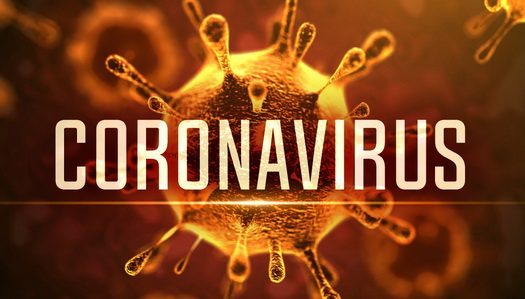
The Coronavirus – Everything You Need To Know
Over the last several days many have been messaging me with questions about this years Influenza and now the Corona virus.
So here is my response to many of the questions.
While Avian flu was well controlled by the shot this year, (bird flu – type A), usually influenza B comes later in the year and more mild. However this year Flu type B is very prevalent in NY early on.
The vaccine, which aims at the H part of the virus of which there are 18 different hemagglutinins is somewhat protective, as in keeping its recipients out of the hospital. Yet not effective enough to keep you from getting sick.
If exposed to the virus, one has a 25% chance of contracting it, with an average incubation period of 2 days. (Scientists aren’t doing so bad with a vaccine for a disease that has approximately 40 thousand different subtypes).
While people are familiar with cough, fever, rhinorhea and body aches as symptoms, the most common early symptom that is missed with Influenza type B this year is severe acute fatigue and diarrhea, many even with out fever. The biggest mistake in care, is most people wait to seek care past 24 – 48 hrs. At this point avoiding the chance of treatment with medications that works effectively on the neuraminidase (N) part of the flu cells. Or their clinicians think they have not contracted the flu because it was to early for detection.
So, should you take tamiflu? The experts at the CDC say an emphatic yes, as it’s very effective this year if taken in the first 24hrs.
Should you get the flu shot? Despite it being far from a perfect shot, for almost everyone it helps a lot more then most people think, which is some good news in this regard. The NIH has actually begun a universal influenza vaccine trial in humans. However their is no way to know when that will be cleared as effective and safe for use. But that is aiming to protect you from the stem of the entire influenza virus, hence cutting out all the variability scientists currently struggle with predicting about the influenza vaccine each year.
What is Coronavirus? Coronavirus cousins (subtypes) are many, so don’t get scared if you hear a person has it. The Coronavirus coming out of China is code named “nCov -2019” Its not as fatal as SARS was 20 years ago, or Middle Eastern Respiratory Virus was. To reduce transmission of this form of Coronavirus, the N95 respirator mask is the only effective mask. The common masks you see are not believed to be properly effective.
Who can test for Coronavirus? Only the DOH are allowed to run the test for it. As they want/need to be notified of any suspected cases.
Here is what we know about the dangers of the nCov-2019.
While it does not appear as contagious as influenza, the pneumonia risk if contracted seems worse then influenza. There is no real treatment except supportive care (like IV fluids and ventilators) . Exactly how much worse it is then infuenza remains to be determined as the data comes in. But based on the numbers I have collected so far, it seems to be approximately 10 times more fatal if contracted.
Here is the coronavirus vs influenza by the numbers;
Coronavirus has 6,078 reported cases with 132 fatalities = 2% as of 01/29/20
Influenza in the USA during 2017 -18 season had 48.8 million confirmed cases with 80,000 fatalities. = <0.2%.
Heart attack risk in people with heart disease is approximately 50% increased with influenza. We would have to assume it’s at least as bad with nCov-2019 until the data comes in.
How can we know if someone has Coronavirus? Its flu season in Beijing and the USA. Hence, it’s going to be very difficult to tell them apart initially to air port screening personnel. So the only way one will know is by taking a good history of were the patient has traveled and been exposed to.
Who are the patients most vulnerable? The very young, old, immunocompromised and expectant mothers are all the highest risk.
Overall I think the regular influenza is a lot more contagious therefore poses a much greater risk.
Recommendations after your flu shot.
keep meticulous hygiene by washing hands for 30 seconds with soap and water frequently. Drill the kids to properly wash up as soon as they get home. Also, teach them to avoid touching their face. At the very least use hand sanitizer often. Politely avoid shaking hands, and cough and sneeze into a tissue or your own shirt at your elbow. Don’t send kids back to school until they are fever free for 24 hrs after they have had the flu.
Stay Safe!
– Dov Landa PA-C
Clinical Director
Tov Health Pomona, NY









